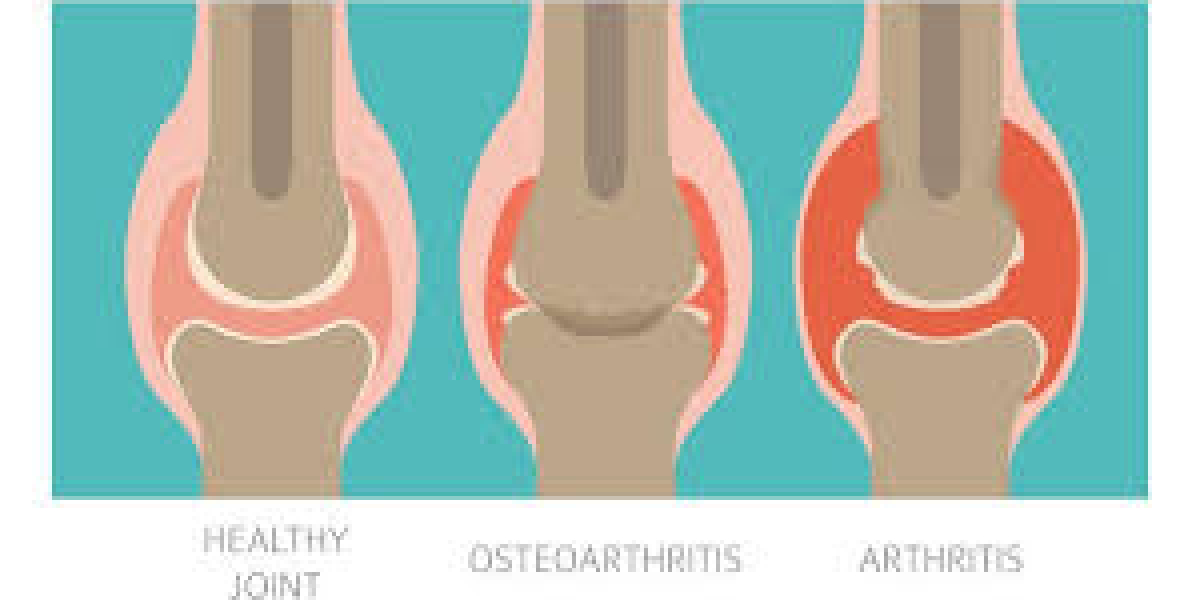Arthritis is a general term for conditions that affect the joints, causing pain, stiffness, and reduced mobility. Among the many types of arthritis, Osteoarthritis (OA) and Rheumatoid Arthritis (RA) are the most common—but they are very different in terms of causes, progression, and treatment. Understanding these differences is key to effective management and improving quality of life.
Carticlas tablets are a cutting-edge dietary supplement formulated to promote joint health, reduce inflammation, and support overall well-being. They are designed to address the common issues associated with aging, high physical activity, and other factors that affect joint and bone health.
What Is Osteoarthritis (OA)?
Osteoarthritis is a degenerative joint disease caused by the wear and tear of cartilage—the smooth tissue that cushions the ends of bones. As cartilage wears down over time, bones begin to rub against each other, causing pain, swelling, and stiffness.
Common symptoms of OA include:
Joint pain during or after movement
Stiffness, especially after periods of inactivity
Loss of flexibility
Bone spurs (bony growths around joints)
A grating sensation in the joint
OA typically affects older adults and is most common in weight-bearing joints such as the knees, hips, lower back, and hands. It is usually asymmetrical, meaning it may affect one joint but not the other.
What Is Rheumatoid Arthritis (RA)?
Rheumatoid arthritis is an autoimmune disease in which the body's immune system mistakenly attacks the synovium—the lining of the membranes that surround the joints. This leads to inflammation, pain, and, over time, joint damage and deformity.
Key symptoms of RA include:
Swollen, tender, and warm joints
Morning stiffness lasting more than 30 minutes
Fatigue, low-grade fever, and loss of appetite
Symmetrical joint involvement (both wrists, both knees, etc.)
RA can occur at any age but commonly begins between ages 30 and 50. Unlike OA, RA is systemic, meaning it can affect other parts of the body, including the eyes, skin, lungs, and heart.
Key Differences Between OA and RA
| Feature | Osteoarthritis (OA) | Rheumatoid Arthritis (RA) |
|---|---|---|
| Cause | Wear and tear of cartilage | Autoimmune attack on joint lining |
| Age of Onset | Typically over 50 | Can begin at any age, often 30–50 |
| Onset of Symptoms | Gradual | May develop rapidly |
| Symmetry | Often affects one side | Usually affects both sides symmetrically |
| Inflammation | Mild or none | Moderate to severe inflammation |
| Whole-body effects | Localized to joints | Can affect organs and systems |
Treatment and Management
While there is no cure for either OA or RA, various treatments can help manage symptoms and improve joint function.
For Osteoarthritis:
Pain relief: Acetaminophen or NSAIDs (like ibuprofen)
Physical therapy: To strengthen muscles around joints
Weight management: Reduces stress on joints
Joint injections: Corticosteroids or hyaluronic acid
Surgery: Joint replacement for severe cases
For Rheumatoid Arthritis:
Disease-modifying antirheumatic drugs (DMARDs): Such as methotrexate
Biologic agents: Target specific parts of the immune system
Anti-inflammatory drugs: NSAIDs or corticosteroids
Regular monitoring: To prevent joint and organ damage
In both conditions, exercise is crucial to maintain mobility and reduce stiffness. Low-impact activities like walking, swimming, and yoga can be especially beneficial.
Lifestyle Tips for Managing Arthritis
Stay active: Regular movement keeps joints flexible.
Eat an anti-inflammatory diet: Include foods rich in omega-3s (salmon, walnuts), fruits, and vegetables.
Protect your joints: Use assistive devices and practice good posture.
Apply hot/cold therapy: Heat relaxes muscles; cold reduces swelling.
Stay informed: Work closely with a healthcare provider to monitor your condition.
Conclusion
Osteoarthritis and rheumatoid arthritis may share some symptoms, but they are fundamentally different diseases. While OA is primarily mechanical wear and tear, RA is driven by immune system dysfunction. Early diagnosis, personalized treatment, and healthy lifestyle changes can make a significant difference in managing both conditions. Whether you're living with OA or RA, understanding your condition is the first step toward regaining control and improving your quality of life.








